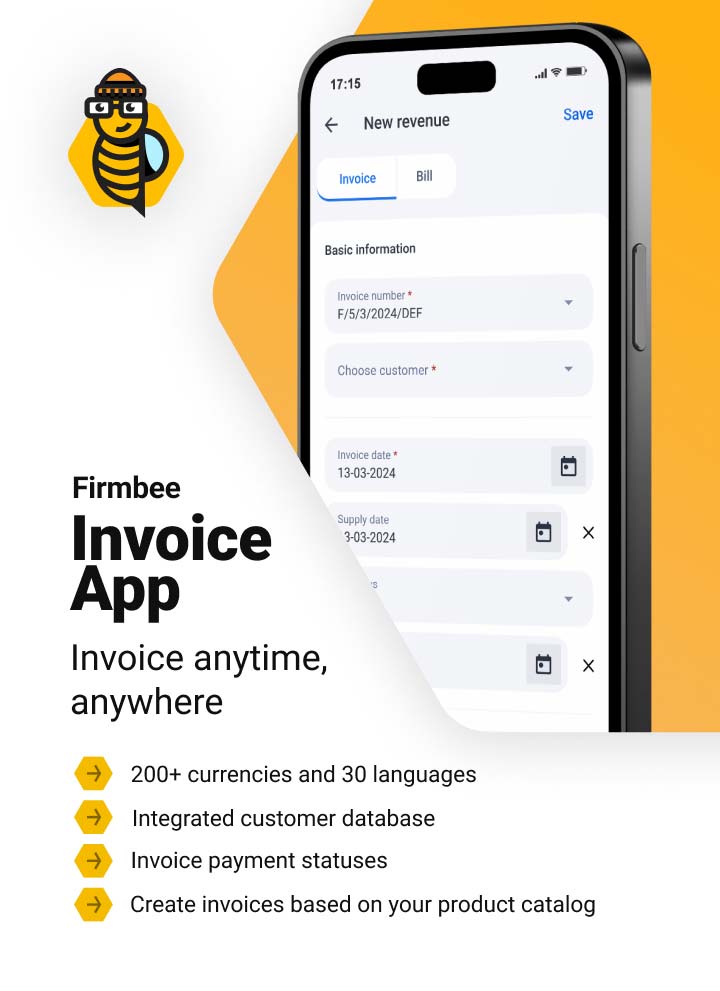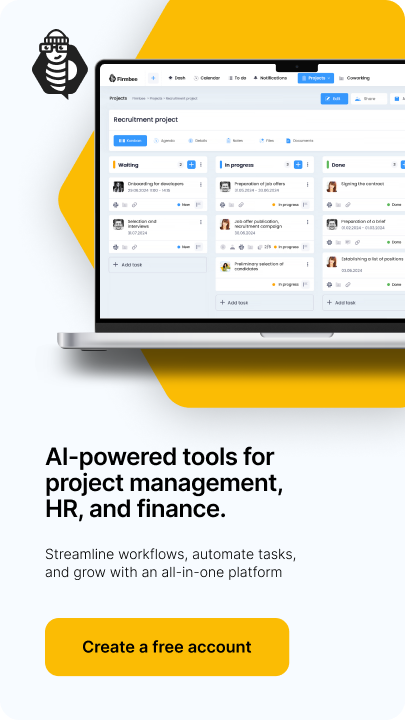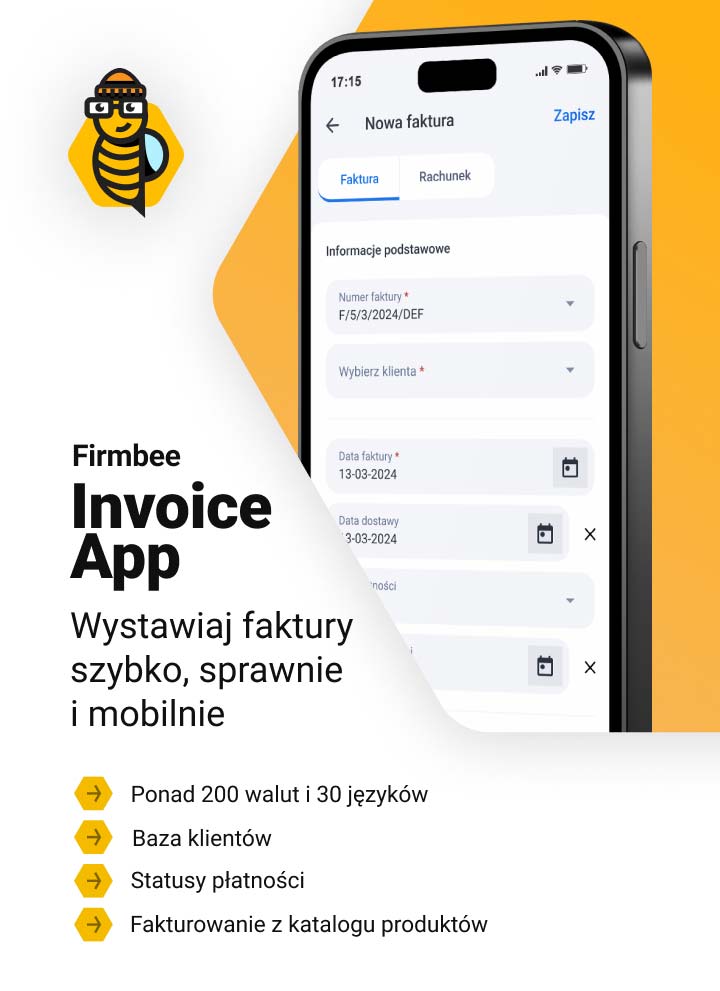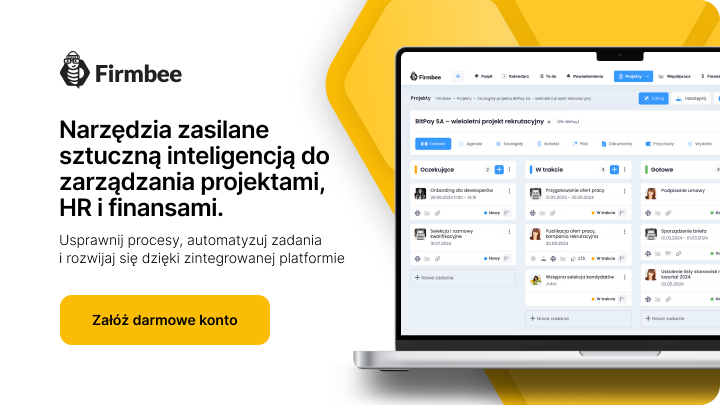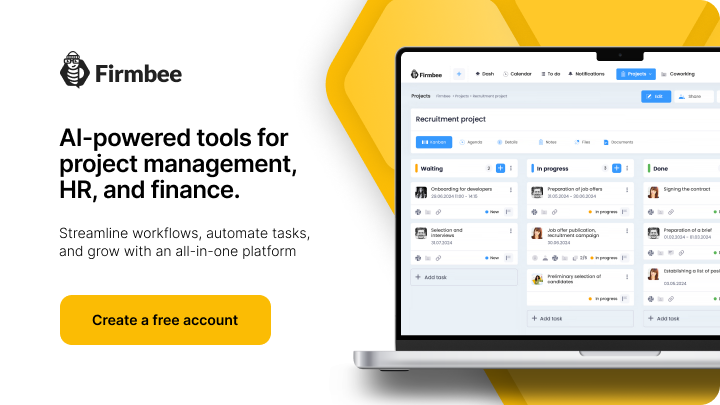In an era of globalization and digital transformation, automatic translation is becoming key to the success of many companies. Imagine a situation where your company receives an important document in German, and you need an immediate translation. Language barriers can become a really serious obstacle to doing international business. That’s why machine translation tools become invaluable. But which one is better for your business? Do you know which machine translation software to choose? Should you use the popular Google Translate or the newer but highly effective DeepL? Here’s an in-depth analysis.
Machine translation for business – table of contents:
What is neural machine translation?
Neural machine translation is an advanced form of translation that employs deep neural networks to analyze and translate text. Unlike previous methods that translated text according to set rules or statistics, neural machine translation analyzes entire sentences, taking into account context. It is used by state-of-the-art tools such as Google Translate, DeepL, Microsoft Translator and Yandex.
Advantages and disadvantages of machine translation
The main advantage of machine translation is its ability to create smoother and more natural translations. For example, while earlier versions of Google Translate translated each word individually, modern neural technologies can correctly interpret the word in context. The disadvantage, however, is the need for access to huge databases and advanced computing power.
Google Translate. The most popular choice
Google Translate, launched in 2006, initially relied on statistical methods. However, thanks to investments in neural technology, the quality of translations has improved significantly. Supporting more than 130 languages, Google Translate can translate:
- texts – when pasted into the translator window in the web browser,
- images – especially useful for translating languages that use a different notation than the language into which you are translating; supports .jpg, .jpeg, and .png formats,
- text files – in .docx, .pdf, .pptx, and .xlsx formats
- entire web pages – after pasting the page address, the translated text remains in its original place.
It is also integrated with many Google services, such as the Chrome browser and Google Docs, making it easily accessible to users around the world. You can also use the API, meaning you can use Google Translate to automatically translate your site or application.
The translator from Google is available on the web, Android and iOS platforms. One of Google Translate’s most practical features is translating web pages via URL, something its competitor, DeepL, does not have.
DeepL. Rising star of machine translation
DeepL has quickly gained recognition for its ability to deliver higher quality translations than its competitors. DeepL trains its neural networks with the Linguee database, which allows for more accurate translations. It currently supports 28 languages and offers unique features such as a translation dictionary and tone customization.
What’s more, DeepL offers a paid Pro version that provides additional features such as a larger character limit and API access. It is available on the web, desktop (Mac and Windows), Android and iOS platforms.
Google Translate vs DeepL. Comparison
Although both platforms adopt neural technology, they differ in several key aspects.
- Translation accuracy – DeepL typically scores better than Google Translate in blind tests, especially for European language pairs. In tests where translations were evaluated, DeepL often had better translation results. In addition, DeepL translations are more natural, especially for European languages.
- Supported languages – Google Translate supports more than 130 languages, making it the winner in this category. In contrast, DeepL supports only more than 30 languages. Although both services cover popular languages, Google Translate offers more options for less popular languages.
- Integrations/Options – Both services offer web interfaces for casual translation. DeepL offers a desktop app for Windows and macOS, while Google Translate does not. Both have mobile apps. For web translation, both offer API services.
- Price – Both Google Translate and DeepL offer free web versions. When using the API, both have a free limit of up to 500,000 characters per month. Google Translate charges $20 per million characters after the free limit is exceeded, while DeepL has a fixed rate of $5.49 per month plus $25 per million characters.
5 uses of automatic translator for business
Modern businesses are increasingly exploiting automatic translations. Thanks to them, it is possible to quickly and efficiently translate documents, websites or communications with customers from different countries.
- Automatic translation of documents
- Localization of websites and applications
- Real-time voice translation
- Automatic translation of the text on image and video
In the business world, where time is money, speed of translation is key. Imagine a multinational corporation that receives hundreds of documents in different languages every day. Instead of waiting days or weeks for a translator, you can take advantage of DeepL or Google Translate for quick translation and preliminary analysis.
Today, a multilingual online presence is key to global success. With automatic machine translation, companies can easily and quickly localize their websites and applications for different markets.
This technology has great potential, especially in the travel and hospitality sector. Imagine a hotel that uses real-time voice translation to communicate with guests from different countries. This not only improves the customer experience but also opens the door wide for international customers.
In the age of social media, video content is king. With automatic subtitle translation, companies can easily tailor their video content to different markets. This not only increases reach but also engages international audiences.
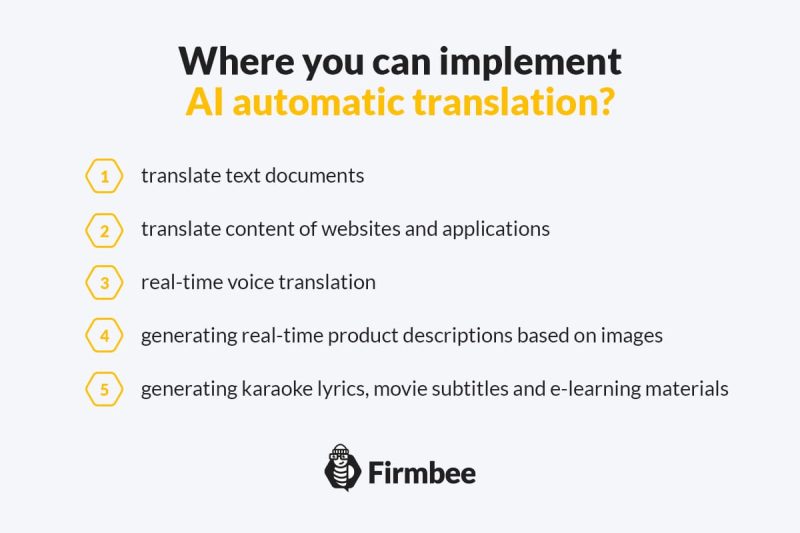
Summary. The present and future of automatic translation
Automatic translation has become an integral part of business in the era of globalization. The choice between Google Translate and DeepL depends on a company’s specific needs. One thing is certain: Machine translation technology will continue to evolve, offering better and better solutions for business.
In the future, we can expect machine translation to operate in increasingly sophisticated applications, such as real-time translation during video conferencing or even automatic translation of thoughts directly into the language in which we want to communicate, using brain-computer interfaces.
Read more about AI in business
If you like our content, join our busy bees community on Facebook, Twitter, LinkedIn, Instagram, YouTube, Pinterest.
Author: Robert Whitney
JavaScript expert and instructor who coaches IT departments. His main goal is to up-level team productivity by teaching others how to effectively cooperate while coding.
AI in business:
- Threats and opportunities of AI in business (part 1)
- Threats and opportunities of AI in business (part 2)
- AI applications in business - overview
- AI-assisted text chatbots
- Business NLP today and tomorrow
- The role of AI in business decision-making
- Scheduling social media posts. How can AI help?
- Automated social media posts
- New services and products operating with AI
- What are the weaknesses of my business idea? A brainstorming session with ChatGPT
- Using ChatGPT in business
- Synthetic actors. Top 3 AI video generators
- 3 useful AI graphic design tools. Generative AI in business
- 3 awesome AI writers you must try out today
- Exploring the power of AI in music creation
- Navigating new business opportunities with ChatGPT-4
- AI tools for the manager
- 6 awesome ChatGTP plugins that will make your life easier
- 3 grafików AI. Generatywna sztuczna inteligencja dla biznesu
- What is the future of AI according to McKinsey Global Institute?
- Artificial intelligence in business - Introduction
- What is NLP, or natural language processing in business
- Automatic document processing
- Google Translate vs DeepL. 5 applications of machine translation for business
- The operation and business applications of voicebots
- Virtual assistant technology, or how to talk to AI?
- What is Business Intelligence?
- Will artificial intelligence replace business analysts?
- How can artificial intelligence help with BPM?
- AI and social media – what do they say about us?
- Artificial intelligence in content management
- Creative AI of today and tomorrow
- Multimodal AI and its applications in business
- New interactions. How is AI changing the way we operate devices?
- RPA and APIs in a digital company
- The future job market and upcoming professions
- AI in EdTech. 3 examples of companies that used the potential of artificial intelligence
- Artificial intelligence and the environment. 3 AI solutions to help you build a sustainable business
- AI content detectors. Are they worth it?
- ChatGPT vs Bard vs Bing. Which AI chatbot is leading the race?
- Is chatbot AI a competitor to Google search?
- Effective ChatGPT Prompts for HR and Recruitment
- Prompt engineering. What does a prompt engineer do?
- AI Mockup generator. Top 4 tools
- AI and what else? Top technology trends for business in 2024
- AI and business ethics. Why you should invest in ethical solutions
- Meta AI. What should you know about Facebook and Instagram's AI-supported features?
- AI regulation. What do you need to know as an entrepreneur?
- 5 new uses of AI in business
- AI products and projects - how are they different from others?
- AI-assisted process automation. Where to start?
- How do you match an AI solution to a business problem?
- AI as an expert on your team
- AI team vs. division of roles
- How to choose a career field in AI?
- Is it always worth it to add artificial intelligence to the product development process?
- AI in HR: How recruitment automation affects HR and team development
- 6 most interesting AI tools in 2023
- 6 biggest business mishaps caused by AI
- What is the company's AI maturity analysis?
- AI for B2B personalization
- ChatGPT use cases. 18 examples of how to improve your business with ChatGPT in 2024
- Microlearning. A quick way to get new skills
- The most interesting AI implementations in companies in 2024
- What do artificial intelligence specialists do?
- What challenges does the AI project bring?
- Top 8 AI tools for business in 2024
- AI in CRM. What does AI change in CRM tools?
- The UE AI Act. How does Europe regulate the use of artificial intelligence
- Sora. How will realistic videos from OpenAI change business?
- Top 7 AI website builders
- No-code tools and AI innovations
- How much does using AI increase the productivity of your team?
- How to use ChatGTP for market research?
- How to broaden the reach of your AI marketing campaign?
- "We are all developers". How can citizen developers help your company?
- AI in transportation and logistics
- What business pain points can AI fix?
- Artificial intelligence in the media
- AI in banking and finance. Stripe, Monzo, and Grab
- AI in the travel industry
- How AI is fostering the birth of new technologies
- The revolution of AI in social media
- AI in e-commerce. Overview of global leaders
- Top 4 AI image creation tools
- Top 5 AI tools for data analysis
- AI strategy in your company - how to build it?
- Best AI courses – 6 awesome recommendations
- Optimizing social media listening with AI tools
- IoT + AI, or how to reduce energy costs in a company
- AI in logistics. 5 best tools
- GPT Store – an overview of the most interesting GPTs for business
- LLM, GPT, RAG... What do AI acronyms mean?
- AI robots – the future or present of business?
- What is the cost of implementing AI in a company?
- How can AI help in a freelancer’s career?
- Automating work and increasing productivity. A guide to AI for freelancers
- AI for startups – best tools
- Building a website with AI
- OpenAI, Midjourney, Anthropic, Hugging Face. Who is who in the world of AI?
- Eleven Labs and what else? The most promising AI startups
- Synthetic data and its importance for the development of your business
- Top AI search engines. Where to look for AI tools?
- Video AI. The latest AI video generators
- AI for managers. How AI can make your job easier
- What’s new in Google Gemini? Everything you need to know
- AI in Poland. Companies, meetings, and conferences
- AI calendar. How to optimize your time in a company?
- AI and the future of work. How to prepare your business for change?
- AI voice cloning for business. How to create personalized voice messages with AI?
- Fact-checking and AI hallucinations
- AI in recruitment – developing recruitment materials step-by-step
- Midjourney v6. Innovations in AI image generation
- AI in SMEs. How can SMEs compete with giants using AI?
- How is AI changing influencer marketing?
- Is AI really a threat to developers? Devin and Microsoft AutoDev
- AI chatbots for e-commerce. Case studies
- Best AI chatbots for ecommerce. Platforms
- How to stay on top of what's going on in the AI world?
- Taming AI. How to take the first steps to apply AI in your business?
- Perplexity, Bing Copilot, or You.com? Comparing AI search engines
- ReALM. A groundbreaking language model from Apple?
- AI experts in Poland
- Google Genie — a generative AI model that creates fully interactive worlds from images
- Automation or augmentation? Two approaches to AI in a company
- LLMOps, or how to effectively manage language models in an organization
- AI video generation. New horizons in video content production for businesses
- Best AI transcription tools. How to transform long recordings into concise summaries?
- Sentiment analysis with AI. How does it help drive change in business?
- The role of AI in content moderation

